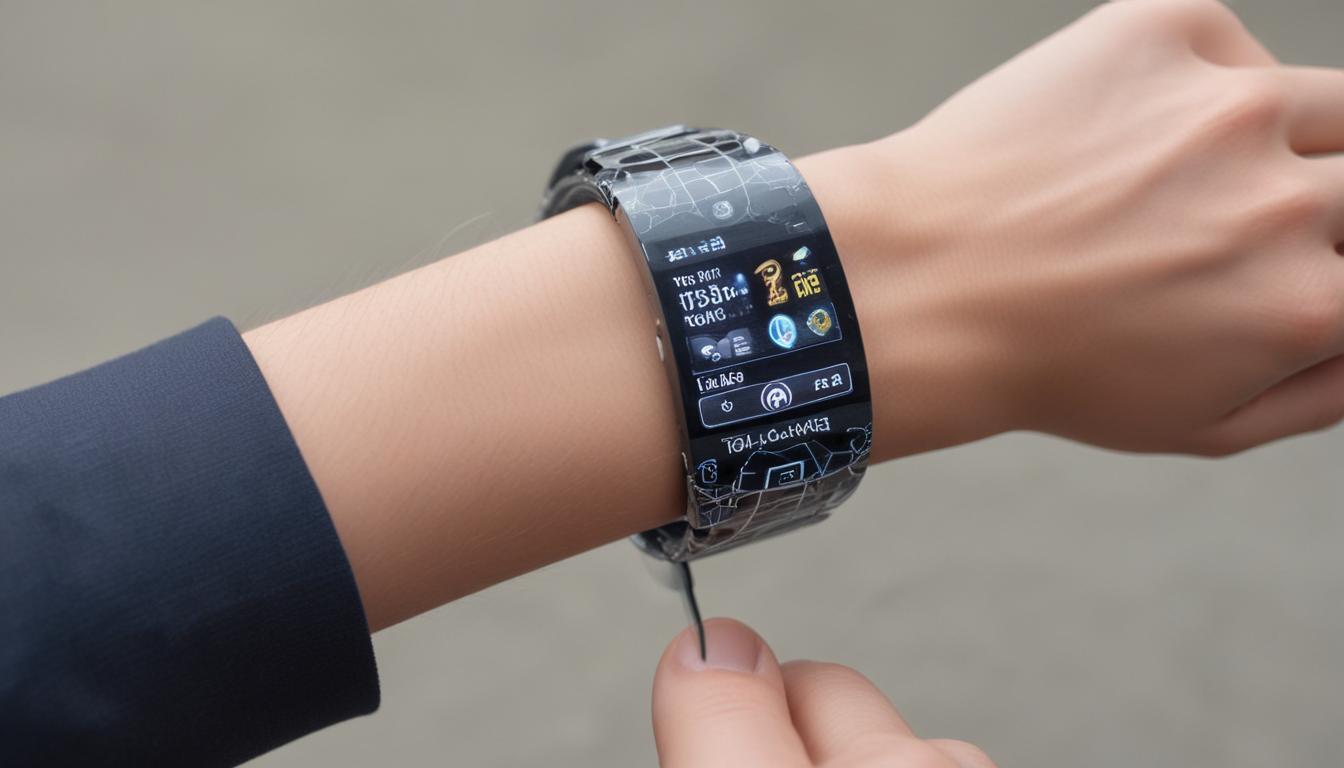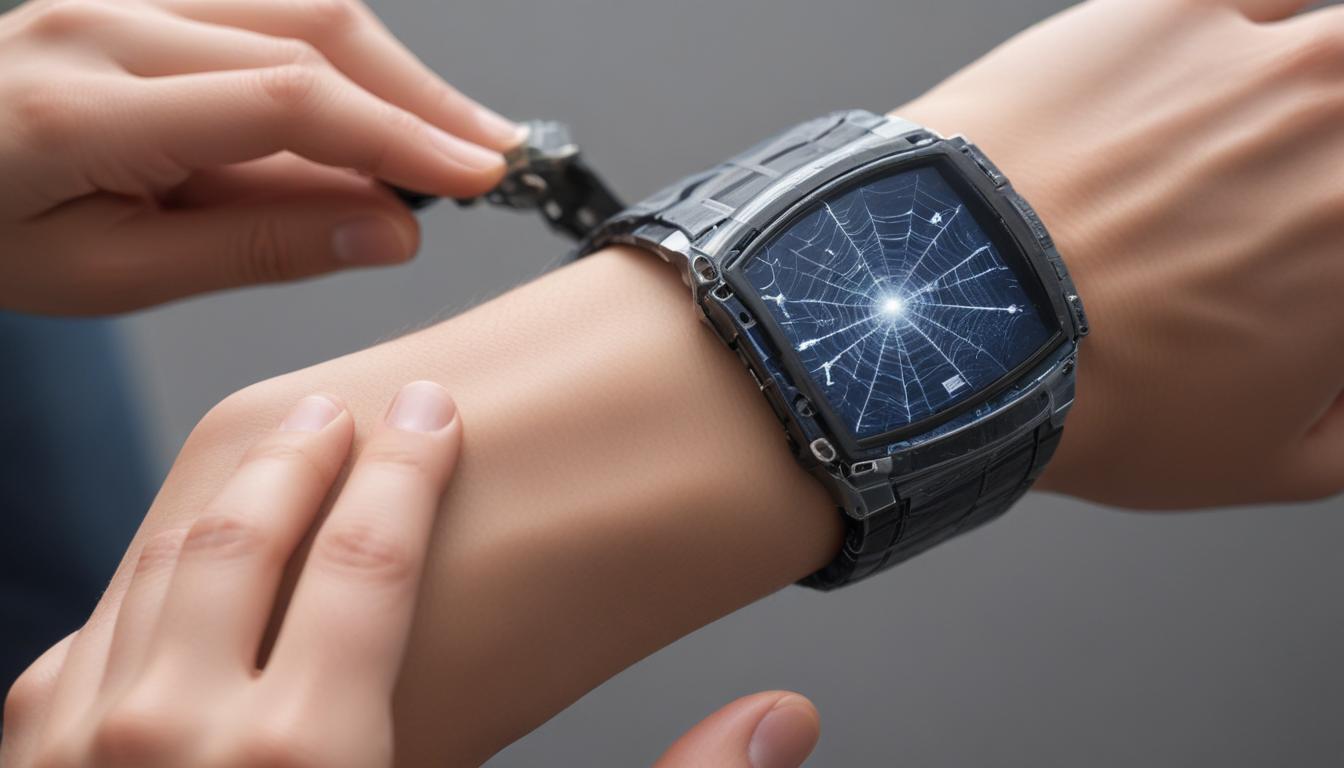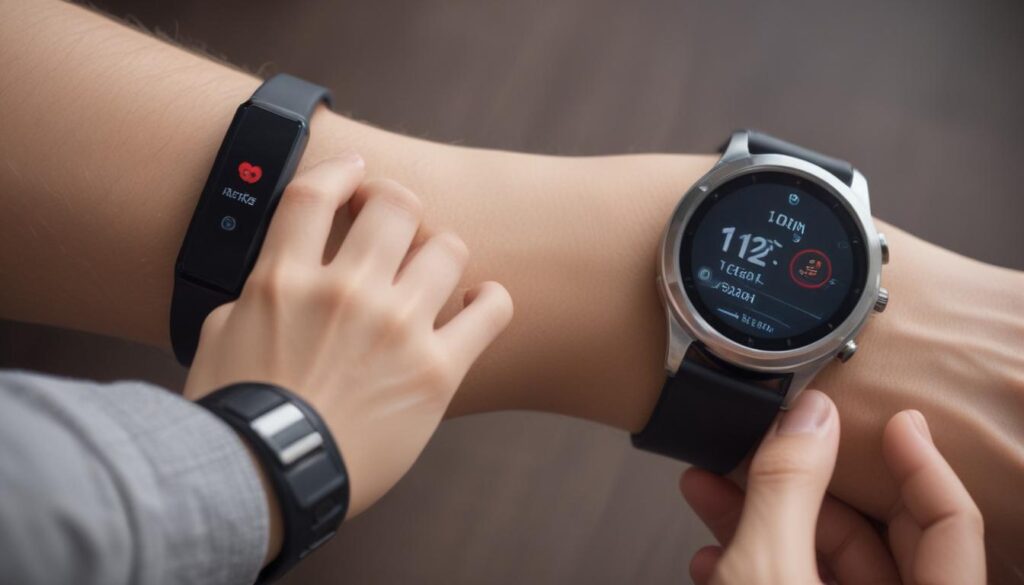Now Reading: The Rise of Bendable Electronics
- 01
The Rise of Bendable Electronics
The Rise of Bendable Electronics

Unfolding the Future Your Guide to Flexible Electronics
Have you ever winced at the sound of your smartphone hitting the pavement, praying the screen isn’t a spiderweb of cracks? Or perhaps you’ve found your smartwatch to be a rigid, clunky accessory that never quite fits comfortably on your wrist. We are surrounded by powerful technology, but it’s often trapped in hard, fragile boxes. This rigidity limits how we can use our devices and how seamlessly they can integrate into our lives. We are constantly adapting to our tech, but what if our tech could finally adapt to us?
This is not a far-off science fiction dream; it’s the promise of flexible electronics. Imagine a world where your tablet can be rolled up like a newspaper, your medical sensors are as comfortable as a temporary tattoo, and your clothing can intelligently monitor your health. This technology is set to redefine our relationship with the digital world by making it more durable, versatile, and human-centric. By breaking free from the rigid circuit board, we are entering an era where devices can bend, fold, and stretch to meet our needs, creating possibilities we are only just beginning to explore.
What Exactly Are Flexible Electronics
At its core, flexible electronics is the art and science of building circuits on pliable, non-rigid materials known as substrates. For decades, electronics have been built on stiff, flat fiberglass boards called PCBs (Printed Circuit Boards). While incredibly effective, these boards are the reason our devices are solid blocks. Flexible electronics replaces this rigid foundation with materials like thin plastics, malleable metal foils, or even fabric. This simple change in foundation is revolutionary, allowing the entire device to conform to different shapes without breaking.
To make this work, every component must be flexible too. Scientists and engineers have developed incredible innovations, such as conductive inks that can be printed onto surfaces like a jet printer, creating bendable electrical pathways. They use organic light-emitting diodes (OLEDs), which are already found in high-end smartphone screens and TVs, because they don’t require a rigid backlight. These materials, combined with ultra-thin silicon circuits and flexible batteries, create a complete system that can bend and twist while remaining fully functional, opening the door to a new generation of resilient and adaptable devices.
Real World Applications Transforming Industries
The potential of flexible electronics isn’t just theoretical; it’s already beginning to reshape major industries and change how we interact with technology in our daily lives. From the gadgets in our pockets to the medical devices that keep us healthy, bendable technology is solving old problems and creating entirely new product categories.
Consumer Gadgets Reimagined
The most visible impact of flexible electronics is in the world of consumer gadgets. Foldable smartphones are the first mainstream example, offering users a larger, tablet-like screen that can be folded to fit comfortably in a pocket. This is just the beginning. Soon we will see rollable tablets that offer expansive displays for work and entertainment but can be stored in a small tube. The benefits go beyond just novelty; this technology enables larger screens in smaller, more portable form factors, fundamentally changing the trade-offs we currently make between screen size and convenience.
This revolution extends to wearable technology. Instead of a rigid block strapped to your wrist, imagine a smartwatch that is a thin, flexible band conforming perfectly to your arm. We are also on the cusp of true smart clothing, or e-textiles, where sensors and displays are woven directly into the fabric. This could lead to a shirt that monitors your heart rate and posture during a workout or a jacket with integrated controls for your music, all without the need for bulky, separate devices.
A Revolution in Healthcare
Perhaps the most profound impact of flexible electronics will be in the field of medicine and healthcare. The technology’s ability to conform to the human body makes it ideal for a new class of medical devices that are more comfortable, accurate, and less invasive. Researchers are developing “electronic skin” or e-skin, which are ultra-thin, stretchable patches that can be applied to the skin like a temporary tattoo. These patches can be embedded with sensors to continuously monitor vital signs like heart rate, body temperature, blood oxygen levels, and even hydration.
This technology also holds immense promise for implantable devices. Current implants, like pacemakers or neural probes, are often rigid, which can cause discomfort and tissue damage over time. Flexible electronics can be used to create biocompatible implants that move and flex with the body’s tissues. This could lead to more effective brain-computer interfaces for helping paralyzed patients, advanced nerve stimulators for pain management, and smarter glucose monitors for diabetics that provide constant, real-time data without being intrusive.

The Challenges and the Road Ahead
While the future of flexible electronics is incredibly bright, there are still significant hurdles to overcome before these devices become commonplace. Manufacturing at scale is one of the biggest challenges. The processes used to create traditional silicon chips are highly refined but are not easily adapted to flexible substrates. Developing new, cost-effective manufacturing techniques that can reliably produce high-performance flexible circuits is a major focus of ongoing research and development.
Durability is another critical concern. How many times can a device be folded, rolled, or stretched before its internal components fail? Material fatigue is a real issue, and engineers are working to create more resilient conductive materials and protective layers. These sensitive electronics also need to be shielded from oxygen and moisture, which is much more difficult to do with a flexible device than a sealed, rigid one. Solving these challenges in durability and manufacturing will be key to unlocking the full, world-changing potential of flexible electronics and truly ushering in an era where our technology bends to our will.



































